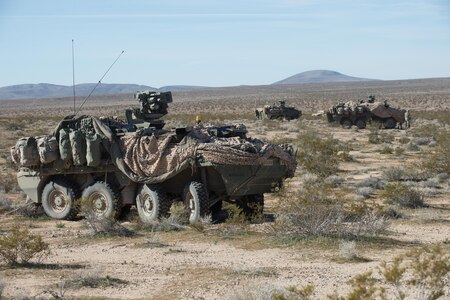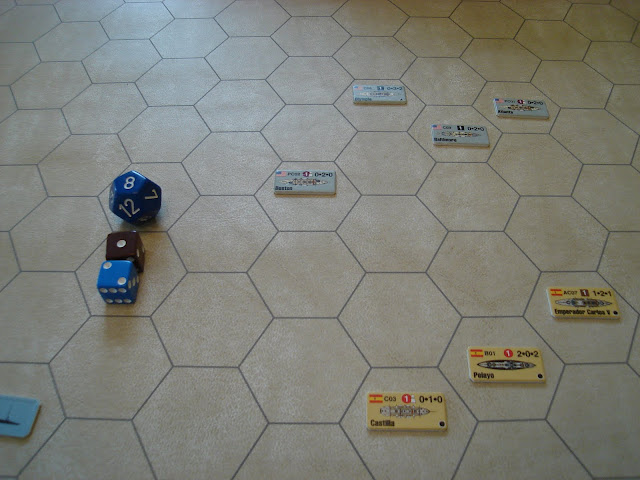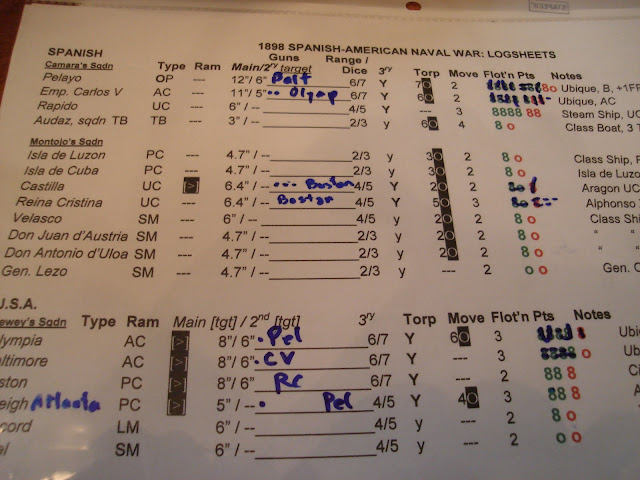Ok, well, it wasn't that bad. Actually, it was more like this:

https://www.usar.army.mil/WWI/ImageGallery/igphoto/2001343518/
...and no miniatures were lost during the rotation - I didn't bring any with me. Interestingly, a bunch of GHQ Strykers may have made it to our rotation due to the efforts of one of my Cavalry troops to use them in their sand table. Really! As you can imagine, there was plenty of the necessary materials available for innumerable sand tables, since we were IN a sand table the size of Rhode Island.
So, before the 1:1 Army came chugging along, this blog was chugging along nicely with good wet stuff, something to think about when stuck in the desert. Everything got cleaned up and put away abruptly when OP TEMPO to depart for my brigade's rotation picked up. Hence, posting ended in mid-July.
Upon return, September was crazy as I returned to normal life and got caught up on 100 things that needed tending. Ergo, no posts since my return, either. A wedding and a lot of details later, and I'm looking at a quiet Advent season to start soon, leading into a joyous holiday time, both with plenty of gaming to make up for things I was behind on.
Thus, the most recent posts were for my work at simple, fun naval games, that still were evocative of their period and the ships of the period. Portable Wargames were high on the list, with a new foray into fleet actions for the Age of Sail, including purchasing GMT's "1805 - Sea of Glory" with intentions to get some sort of campaign going, and some local interest.
While there are a bunch of things I'd like to do here, I'd say my top ones are:
- Start work on the Age of Sail ships, cleaning and priming them.
- Try out a couple of the cool games, especially Captains Bold and Admirals by War Artisan - as free downloads, they are easily spread around to people.
- More work on pre-dreads - mast are at the [fightin'] top of the list.
- More work on my WWII IJN ships - masts for everyone!
- Some light-hearted Star Wars fun. I continue to have the desire to experiment with and fix the problems with Wizards of the Coast "Star Wars Starship Battles".
The use of bullets is intentional - I'm uncertain what the top contenders are, altho I am leaning towards Age of Sail at present.
Stay tuned!


























































